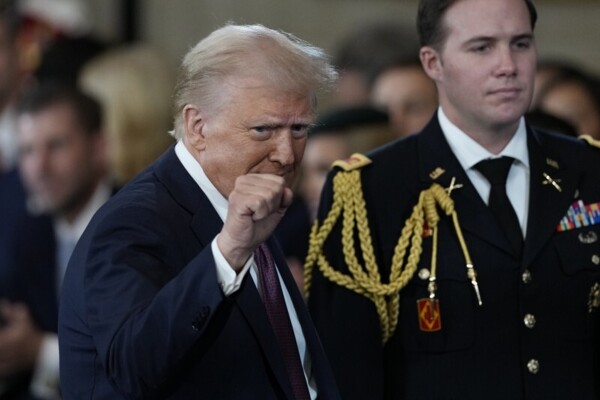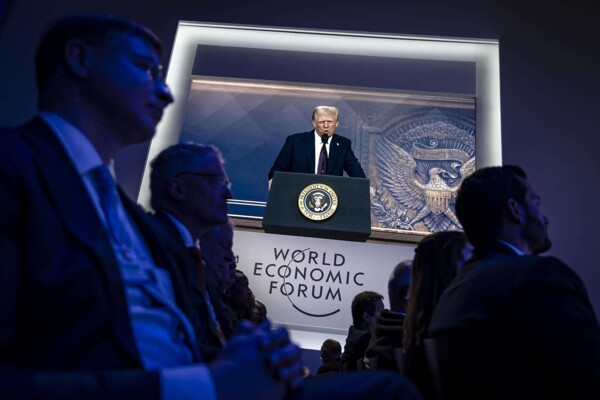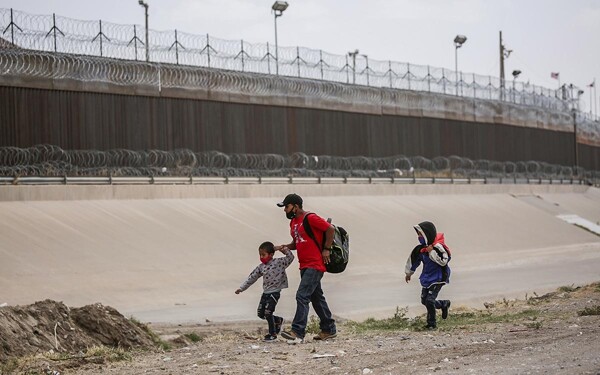
Donald Trump has become the 47th president of the United States, characterized by a drastic shift in the policies of the previous government. In his new term, Trump now relies on the most dynamic capitalist faction of this time, AI, unlike his first term when he counted on the support of unemployed white workers from the Rust Belt.
In the near horizon, there is a possibility of authoritarian leadership with fascist undertones, what some call democratic neofascism. With the signing of a series of executive orders, Trump seeks to revolutionize economic and trade policies with a marked geopolitical bias that could mark a new global era.
Under the slogan "Make America Great Again (MAGA)" and with a focus on American hegemony, Trump proposes aggressive protectionism and significant changes in global geopolitics. Additionally, he announced multimillion-dollar investments in AI infrastructure to compete with powers like China.
Donald Trump's return to power marks a political power shift in the White House, leaving the Democratic opposition in a profound crisis. Trump aims to reverse progressivism and challenge the liberal democracy regime, backed by federal judges and a favorable Supreme Court.
With a focus on America First, Trump promotes protectionism through the imposition of tariffs and aggressive trade measures, especially towards China and Europe. Furthermore, he seeks to incentivize the relocation of companies and reduce taxes for corporations and the wealthy.
These policies also affect geopolitical relations, such as the ceasefire in Gaza and the rollback on environmental agreements. Trump's rise represents a epochal change that favors the far-right and enhances deep transformations globally, generating uncertainty about the future of globalization and multilateralism.














